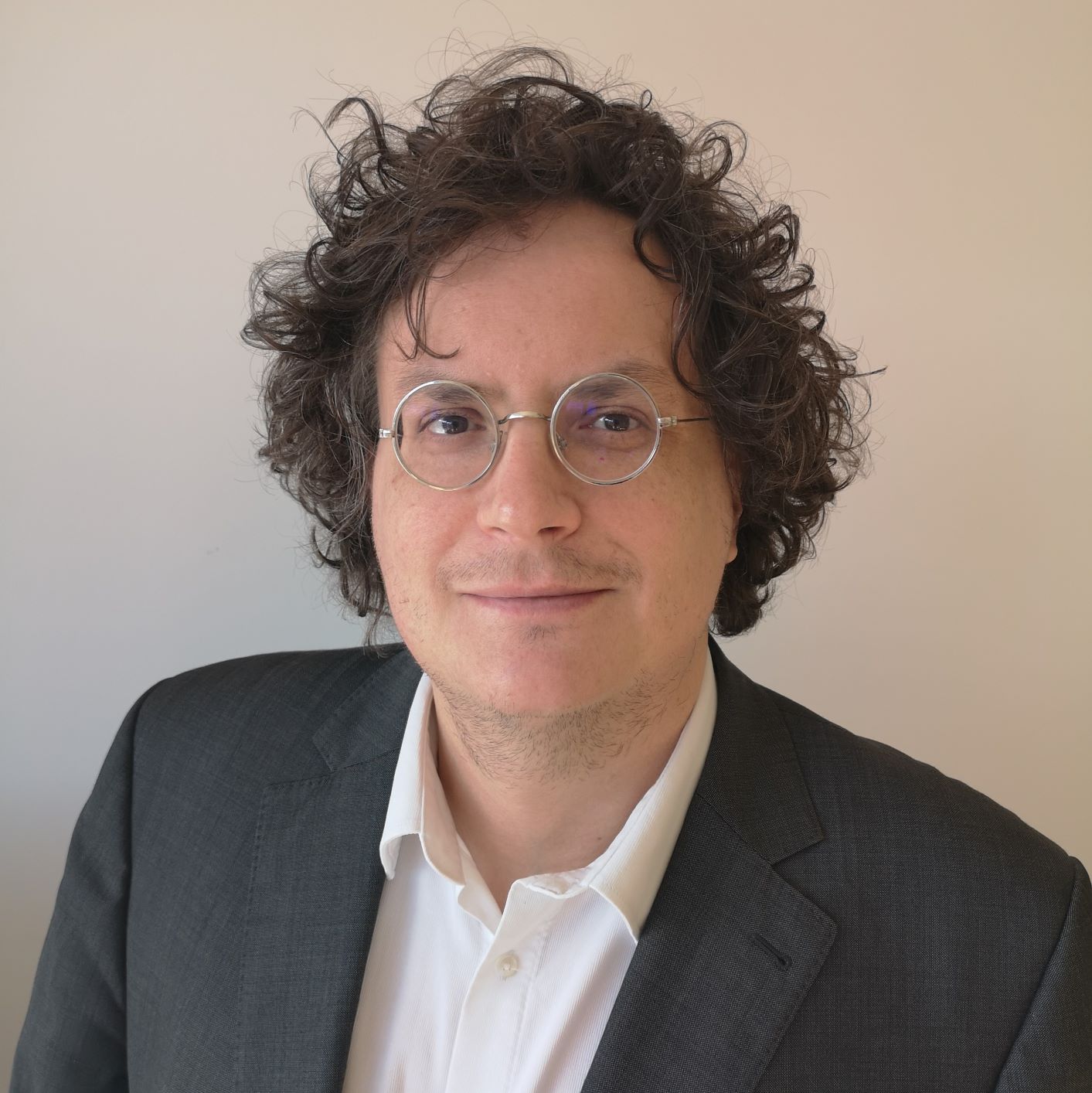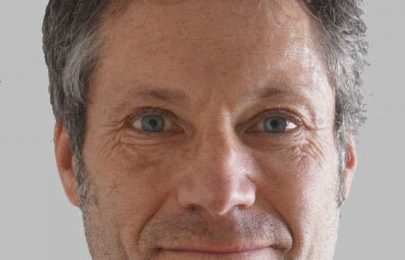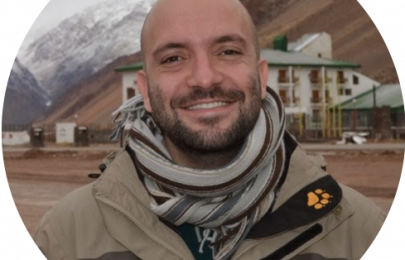Welcome Professor Roth!

We are pleased to announce that today our visiting professor Dr. Peter M. Roth is officially starting his activities in our group at the AI4EO Lab. He works at the Graz University of Technology (TU Graz) in Austria. His postdoctoral research has been conducted mainly at the Institute of Computer Graphics and Vision of the same University. As a guest professor of our Future Lab, he will lead together with other core scientists the research activities of the Reasoning lab key topic.
Dr. Roth holds an M.Sc. degree in Mathematics from TU Graz and received his doctorate in Computer Science from the same university in 2008. His scientific interests are mainly in the field of Machine Learning and Pattern Recognition with special emphasis on applications in Visual Computing. From a practical point of view, his interests cover topics such as 2D/3D Computer Vision, Medical Imaging, and Remote Sensing.
To complement this first approach to our newly arrived colleague, we share next a short conversation with him, in which he offers us a better insight about him and his work.
Thank you Dr. Roth for taking the time for this dialogue:
Could you please tell us what have been your latest research topics and interests? If possible could you explain briefly what is it about?
From the technical point of view, the main research interests have been to increase the understanding of how neural networks work. Indeed, they have shown to provide excellent results for a variety of tasks, however, they are often considered as black boxes. This is far from satisfactory, in particular, if the end-users are not experts in the field. This includes, for instance, medical doctors, plant scientists, or remote sensing engineers. Thus, one of the main goals is to analyze and develop machine learning algorithms that the end-users trust and would apply in practice.
Your research efforts in the lab will be focused on the investigation of the usability of reinforcement learning methods and evolutionary algorithms for automated structural inference. Could you please explain in simple words what is it about?
There are two main problems considering modern machine learning approaches: limited computational and memory resources and limited (labeled training) data. Thus, the goal would be to tackle both problems in parallel for the given task. The main idea is to initialize models from a smaller amount of data and then to let the system learn on its own. In this way, both the amount of data and the computational complexity can be reduced.
You have worked on learning, recognition, and surveillance research for a wide range of different applications. Have you been involved previously in any other Earth Observation application? If it is the case, could you please share what was the research about?
Indeed, my main interests have been in different applications, however, joining the AI4EO Lab was also motivated by recent works in the field of earth observations, trying to adopt existing ideas and technology to satellite images. Interestingly, dealing with multi-spectral images from satellites and medical microscope or imaging data are finally resulting in quite similar technical problems. Continuing this work would also be my personal goal within the AI4EO Lab.
What excites you most about your future work in the AI4EO Future lab?
There are two main points that I am excited about: First, since I am working in the field of Machine Learning/Artificial Intelligence for almost 15 years, I am happy that this topic is now also of interest in a wide range of applications, including earth observation. Second, from my previous experiences, I enjoyed working in multidisciplinary teams, allowing me not only to share my expertise but also learn continuously, getting new insights from different topics. In addition, I am also happy to continue my “private experiment” of proofing that the same theory/technology can be worthwhile for different applications.
In your opinion what is the biggest challenge of artificial intelligence nowadays?
As already stated above, the main challenges are to deal with a huge amount of data, which is often not available in the required quality. On the other hand, as also stated in the context of my previous research interests, a crucial problem is that artificial intelligence is touching the everyday life of all of us. Thus, an often ignored aspect is to make the people trust in this technology: Currently, the public perception is rather negative. In this way, it is important that we understand the decisions of artificial intelligence systems and to develop systems such that their output could be understood. If we can deal with these problems, there would be manifold interesting applications in the future.
Would you share with us what are your hobbies? How do you enjoy your free time?
I am still happy being able to say that my (scientific) work is one of my main hobbies. In this way, I am keen on investigating new ideas and hopefully proof their applicability. However, besides research, I have multiple interests, including biking and hiking, reading (non-scientific literature), and taking care of my farm. Recently, after 25 years, I started to play the piano again.
Thank you once more for sharing this. Our lab members give you a are warm welcome to our team and we look forward to further interactions and collaborations.


